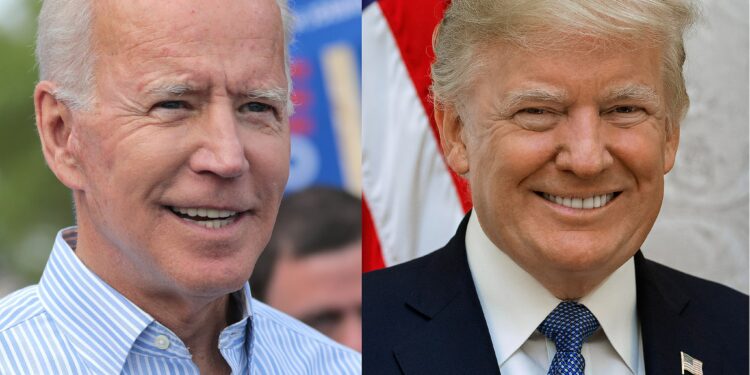
As we enter 2025, President Donald Trump’s approval ratings reflect the fierce political environment in which he operates. Recent polling data shows that Trump’s approval, though fluctuating, has been consistently above water compared to where it stood during the early months of his first term in office. As of late February 2025, his approval is hovering around 47 percent, with slight variations depending on the poll, including a 48 percent approval in a YouGov/The Economist poll and a 50 percent approval in a Morning Consult poll. Yet, Trump’s approval still faces a mixed reception from the American public, especially from Democrats and independents.
Since his victory in November 2024, Trump has wasted no time in advancing his conservative agenda, signing multiple executive orders aimed at rolling back policies from the Biden administration. These include actions to cut government waste, revamp diversity and inclusion programs, and promote American energy independence by increasing domestic oil production. The creation of the Department of Government Efficiency (DOGE), led by Elon Musk, seeks to reduce bureaucratic inefficiencies that have long plagued Washington.
However, Trump’s bold actions have not been universally popular. His push for mass federal firings and aggressive government reform has faced significant backlash, especially from federal workers and those who argue that these moves go too far. This has caused some erosion in his approval ratings, though many conservatives still back his efforts to reduce the size and cost of government.
Despite these challenges, Trump’s approval is still far more favorable than the early months of his first presidency, when his approval dipped below 40 percent. This time, his ratings reflect a more polarized America, where partisanship is deeply ingrained. Unlike Biden, who had a brief honeymoon period following his 2021 inauguration, Trump’s ratings have remained relatively stable, even as his policies continue to generate fierce debate.
Experts argue that Trump’s approval ratings are unlikely to change dramatically unless there is a significant shift in the economy or international affairs. If inflation drops or there is major success in foreign policy, his numbers could rise. However, if his focus remains on controversial policies like firing federal employees or contentious foreign statements, his approval may stay stagnant or even fall.
Heading into the 2026 midterms, Democrats will continue to challenge Trump’s policies, hoping to capitalize on any dissatisfaction to take back control of Congress. However, the GOP remains strong, and many Republicans still see Trump as the leader who will fight for their values and stand up against the status quo.
